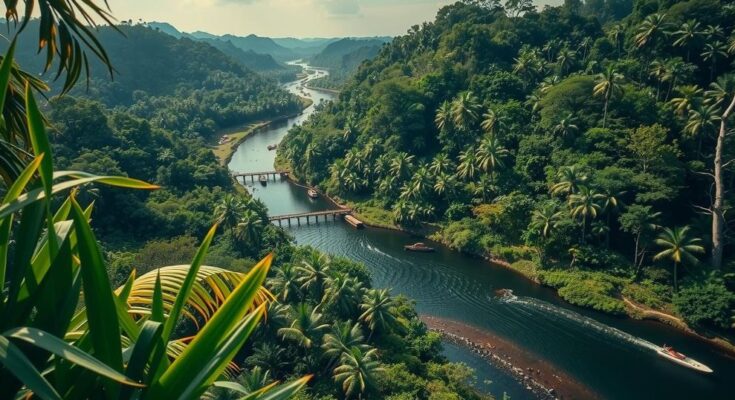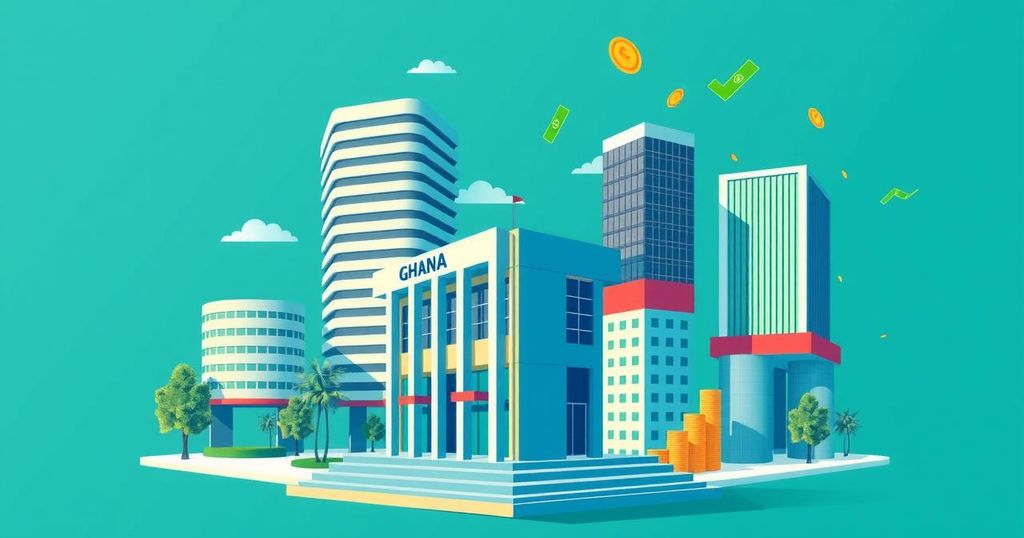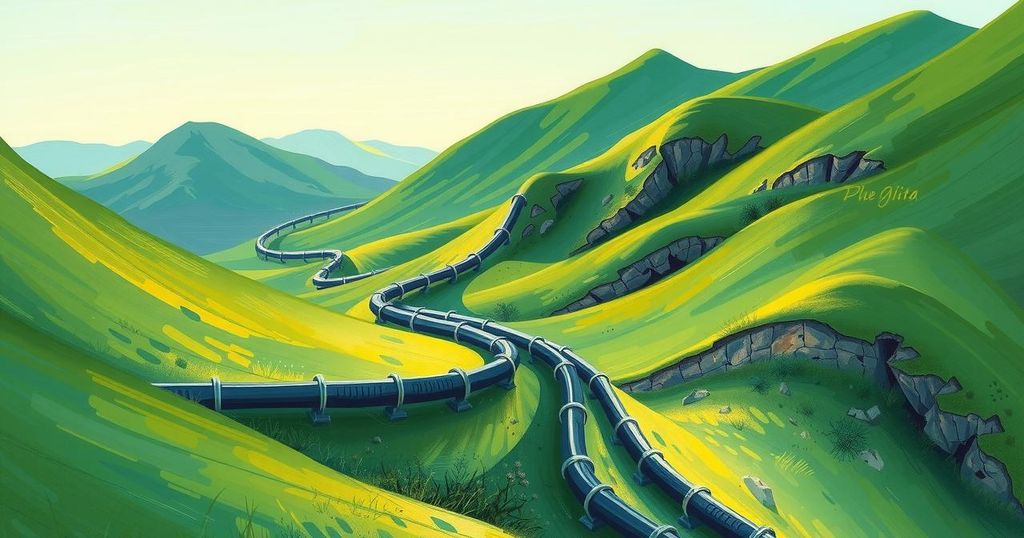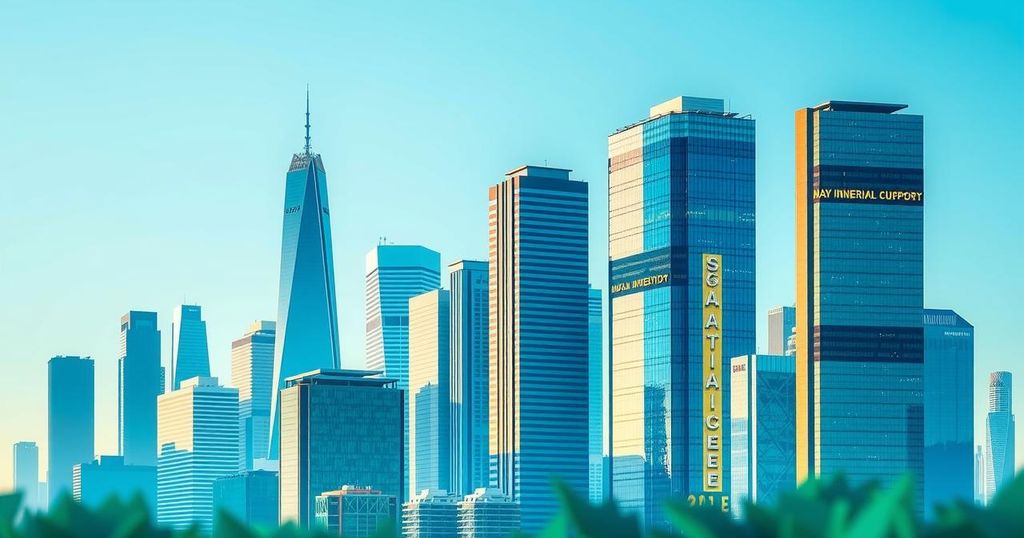Migration in the Brazilian Amazon during the 20th century was catalyzed by the gold rush and large-scale infrastructure projects, leading to significant population growth in states like Rondônia. Key migration sources included the Northeast, South, and Central West regions, driven by poverty and economic opportunity. Economic activities transformed landscapes, incited social conflict, and prompted environmental activism, particularly highlighted by figures like Chico Mendes.
The intricate dynamics of migration in the Brazilian Amazon during the 20th century reveal a profound interplay of economic opportunities, infrastructural developments, and social challenges. Driven largely by the gold rush, significant internal migration occurred as individuals sought work in construction and large-scale projects such as mines and hydropower plants. Between 1972 and 1990, Rondônia experienced an explosive population growth from 100,000 to over one million, while the overall trend indicates a movement from rural areas to urban centers due to a lack of rural opportunities.
The primary regions contributing to migration were the Northeast, South, and Central West. Individuals from impoverished areas sought refuge in the Amazon for better prospects, while other emigrants aimed to perpetuate established agricultural traditions. Notably, the migration to Rondônia was influenced by groundbreaking infrastructure projects, like the Rodovia Transamazônica, which sparked a land rush that attracted many settlers, particularly from the Northeast. Although government initiatives aimed to promote colonization, many migrants became informal land occupiers (posseiros) instead of formal property owners (proprietários) due to a lack of resources and support.
The expansion of federal infrastructure in the 1970s prompted a significant influx of people, many of whom faced considerable difficulties assimilating into new agricultural landscapes. The ensuing conflict between large landowners and smallholder communities, often exacerbated by external economic pressures, highlighted the socio-economic divides created by migration. The rise of notable figures—such as Chico Mendes—spurred environmental activism and advocacy for the rights of forest communities, illustrating the tension between development and conservation.
By the 1980s, migration not only involved individuals seeking land and livelihood but also spurred civil rights movements focused on environmental sustainability. As industries evolved from rubber tapping to beef ranching, migrants from various regions, especially Goiás and southern Brazil, integrated into diverse agricultural practices across the Amazon. The narrative of migration in this context underscores the transformative impact on local economies, ecological systems, and social structures, leading to burgeoning urban centers often fueled by transient labor opportunities connecting to larger industrial operations.
This complex tapestry of migration continues to shape the Brazilian Amazon, marked by ongoing commodity booms, environmental degradation, and the persistent pursuit of sovereignty and stability among marginalized communities.
The phenomenon of migration in the Brazilian Amazon, particularly in the 20th century, is rooted in economic transformation driven by natural resource extraction, infrastructural advancements, and societal pressures. This period bore witness to large-scale internal migration, influenced by factors such as the gold rush, the development of extensive highway networks, and government colonization policies aimed at fostering agrarian settlements. These factors not only drew individuals from poor rural areas but also altered the demographic makeup of various states, profoundly impacting the ecological, social, and political landscapes of the region.
The internal migration patterns within the Brazilian Amazon during the 20th century are emblematic of broader socio-economic trends driven by the search for better opportunities, infrastructural development, and the enduring struggle between environmental sustainability and economic exploitation. The influx of migrants represents a critical piece in the puzzle of Brazil’s history, revealing both the challenges and the resilience of communities striving for improved livelihoods amid a rapidly changing landscape, influenced by agriculture, mining, and infrastructural development. This history underscores the need for thoughtful policies that balance economic growth with ecological conservation.
Original Source: news.mongabay.com




